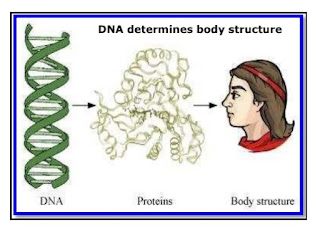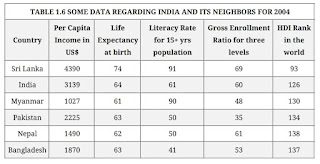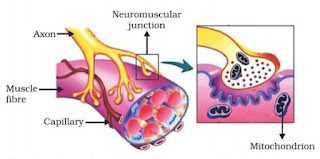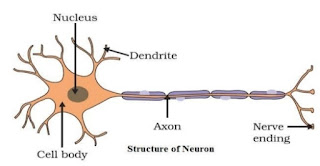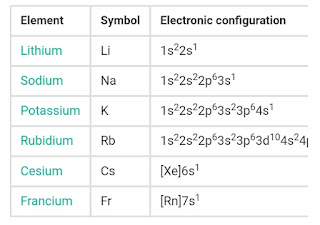Page: 95 Ques 1: Why is diffusion insufficient to meet the oxygen requirements of multicellular organisms like humans? Ans 1: In multi-cellular organisms, all the cells cell may not be in direct contact with the surrounding environment. Thus, simple diffusion can’t meet the requirements of all the cells. Ques 2: What criteria do we use to decide whether something is alive? Ans 2: Any visible movement such as walking, breathing, or growing, showing locomotion is generally used to decide whether something is alive or not. However, a living organism can also have movements, which are not visible to us through the naked eyes. Therefore, the presence of molecular movement inside the organisms is used to to decide whether something is alive or not. Ques 3: What are outside raw materials used for by an organism? Ans 3: An organism uses outside raw materials mostly in the form of food (Since life on earth depends on CO 2 based molecules, most of
